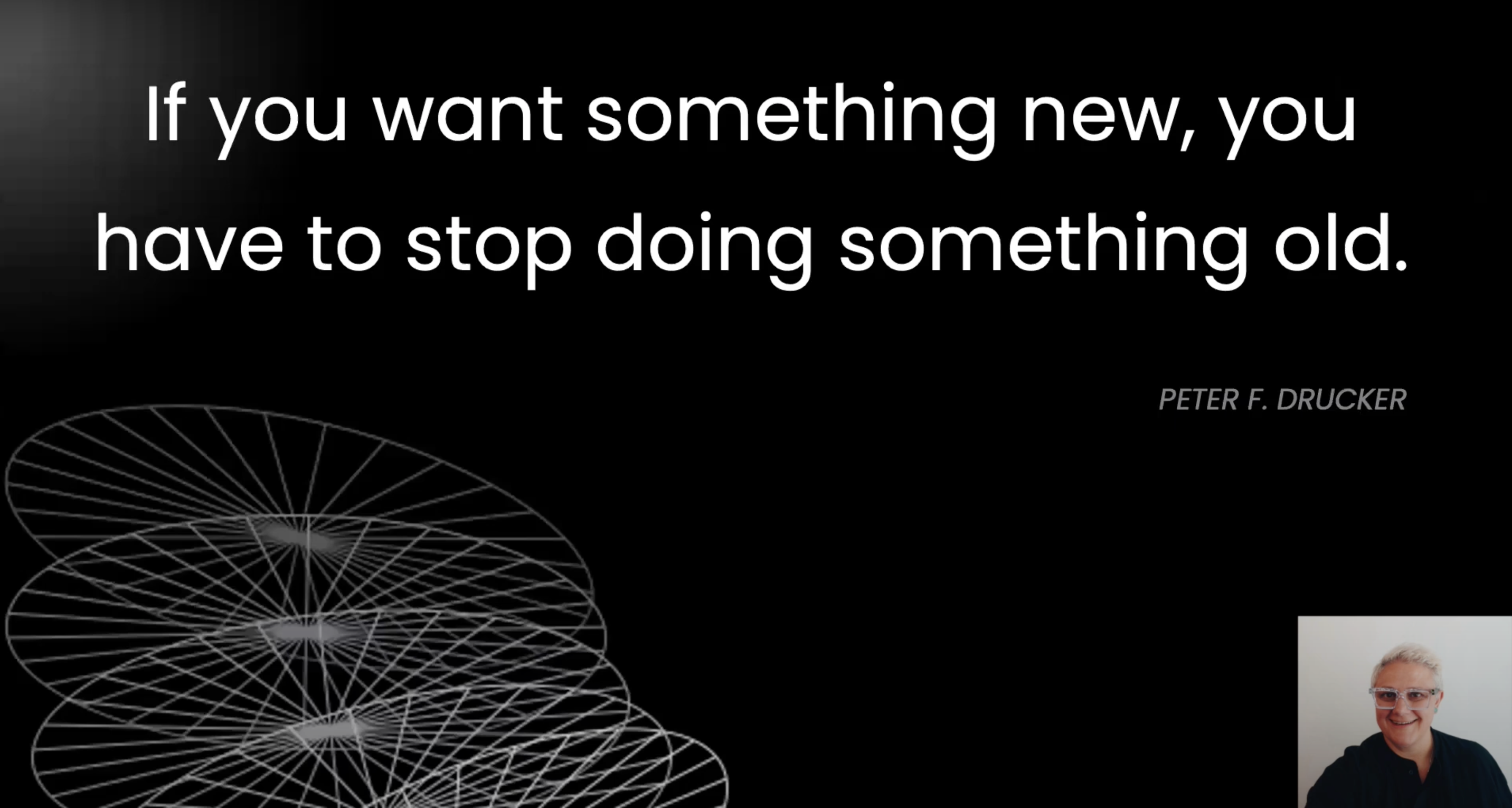Above:: A slide from Dr Vera Ignjatovic's presentation at the Stanford Healthcare Innovation Lab symposium.
Full video presentation can be viewed here:
Proteomics holds immense potential for understanding complex biological systems and clinical conditions, but significant barriers remain. These challenges include the need for advanced technology, specialized sample preparation, and a shortage of expertise in proteomics data analysis. However, it doesn’t have to be this way.
The Challenges of Proteomics in Clinical Practice
Proteomics has a long proven track record of providing insights into disease mechanisms and helping to explain molecular events in patient outcomes, but its use in clinical settings has been limited by several factors. Traditionally, proteomics has required complex technology and specialized expertise, making it challenging for clinicians to integrate into their workflows.
Additionally, there are unique requirements around sample preparation and data interpretation that often create a disconnect between research labs and clinical settings.
Dr. Ignjatovic highlighted the importance of adjusting research practices to better align with clinical realities. Proteomics researchers often prioritize specific sample types or preparation methods that may not match up with what clinicians have available or can collect easily.
"We spend months standardizing every detail in research—timing, temperature, how the sample is processed and stored—but in clinical practice, samples are collected when the nursing or specialist phlebotomist professionals are available, often in a variety of sample collection tubes, and are frequently handled very differently. If we want proteomics to impact patient care, we must align our methods with the clinical reality."
In this way, Dr. Ignjatovic urges a shift in thinking within the proteomics community to help integrate research practices with the needs of clinicians. This alignment, she argues, is critical for making proteomics data more accessible and useful for real-world patient care.
Bridging the Gap with Technology and Accessible Data
One of the most significant advancements Dr. Ignjatovic introduced is the use of technology to help clinicians interact directly with proteomics data. Platforms like Mass Dynamics offer tools that make it possible for clinicians to navigate, interpret, and draw insights from complex datasets themselves—without needing to return to specialized labs for each new question.
This approach democratizes data analysis, allowing clinicians to explore proteomics insights within a framework they can understand and control.
"Proteomics data is complex, but it doesn’t need to be. By leveraging tools like the Mass Dynamics platform, we’ve made it possible for clinicians to interact directly with their data, ask different questions, and explore insights independently."
"With the Mass Dynamics platform, clinicians can easily interpret their proteomics data without needing to return to the source lab for every new question. It simplifies complex data, speaks their language, and empowers them to take ownership of the analysis."
Access empowers clinicians to ask better, more immediate questions of the data, improving their ability to tailor treatments and predict patient outcomes based on proteomics insights. With these tools, the gap between data and decision-making shrinks significantly, giving clinicians unprecedented control over their data and its applications.
Practical Applications and Real-World Impact
Dr. Ignjatovic’s work demonstrates how this approach to proteomics can drive real-world impact. In one example, her team analyzed samples from pediatric ICU patients on invasive mechanical ventilation. By identifying specific proteins that correlate with length of ventilation and patient outcomes, her team provided insights that could one day help clinicians predict the need for extended care—and potentially tailor treatments accordingly.
"In this study, we explored plasma, urine, and tracheal aspirate samples to understand tracheostomy-associated respiratory infections. We observed clear differences between sample types and identified proteins that correlate well across them, highlighting the potential for proteomics to guide sample selection and clinical workflows."
"The goal is not just to characterize the plasma proteome of children undergoing invasive mechanical ventilation, but to identify proteins that are associated with, and which can hence predict clinical outcomes. For example, in invasive mechanical ventilation, we aim to use proteomics to identify candidate markers of extended ventilation, allowing clinicians to adjust care of those patients earlier, and as such provide more targeted/tailored care."
These findings underscore the power of proteomics to move beyond descriptive data, providing actionable insights that can directly inform patient management. By identifying predictive markers across various sample types and clinical scenarios, Dr. Ignjatovic’s work highlights how proteomics can help clinicians make proactive decisions, ultimately improving patient outcomes and reducing the burden on healthcare systems. This integration of proteomics into real-world workflows exemplifies the potential for advanced molecular techniques to transform clinical care.
Changing Mindsets in Clinical Proteomics
Throughout her seminar, Dr. Ignjatovic challenged the traditional, siloed approach of proteomics research. She emphasized that to truly bring value to clinicians, the proteomics community must adapt its methods to meet clinical workflows and practical realities. This may mean rethinking sample collection practices, aligning study designs with clinical processes, and simplifying data interpretation for real-world use.
"It’s not about which sample I want collected, but about which sample is collected in the clinic and how I can leverage that sample."
Dr. Ignjatovic advocates for a flexible, pragmatic approach, urging researchers to “work with what’s there” rather than creating idealized conditions that may not translate to clinical practice. This shift in mindset helps bridge the gap between research and clinical care, ensuring that proteomics findings are relevant and impactful in the real world.
Conclusion: Shaping the Future of Clinical Proteomics
Dr. Ignjatovic’s work serves as a compelling example of how proteomics can evolve to meet the needs of clinicians and patients. By focusing on accessible technology, practical research applications, and cross-disciplinary collaboration, she’s helping to make proteomics a powerful, everyday tool in clinical care.
"If you want something new, you have to stop doing something old."
As Dr. Ignjatovic’s seminar underscored, the future of clinical proteomics lies in accessibility, adaptability, and a commitment to meet the challenges of today’s healthcare landscape. This new way of working holds the promise of improved patient outcomes, more efficient care, and ultimately, a more connected and impactful approach to health.
At Mass Dynamics, our mission is to remove the burden of disease by fostering effective cross-disciplinary collaboration. By creating a space where researchers, clinicians, and technologists can seamlessly interact, we aim to bridge siloed worlds and transform complex data into actionable insights. Together, we are shaping a future where accessible, innovative tools empower teams to work cohesively, accelerating breakthroughs that improve patient care and outcomes.
--------------------------------------
This Customer Story post was produced by Assoc. Prof. Andrew Webb using a combination of original thoughts, alongside the presentation given by Dr Vera Ignjatovic at the Stanford Healthcare Innovation Lab presentation. Final compilation was completed with assistance from ChatGPT. Any errors or omissions are unintentional, and the content is provided for informational purposes only. The views, thoughts, and opinions expressed in this text belong solely to the author, and not necessarily to the author's employers, organization, committees or other group or individual

